Star Trek Insignia?
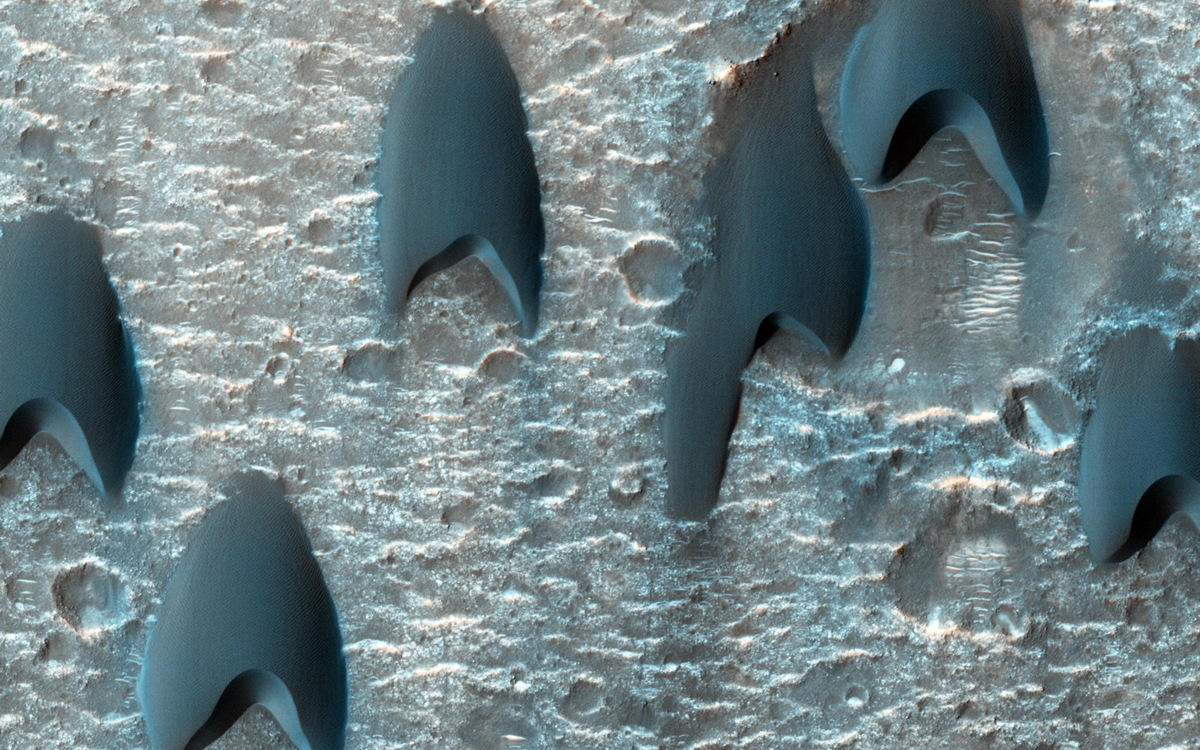
Monday, Feb. 17, 2014: Mars Reconnaissance Orbiter flying above the red planet spotted these dunes in an intriguing formation in a crater near Mawrth Vallis. For dune fields, the spacing of individual dunes arises as a function of sand supply, wind speed, and topography. Trekkies may notice a resemblance to the shape of classic Star Trek uniform insignias. Image released Feb. 13, 2014.
— Tom Chao
The Ghost in You
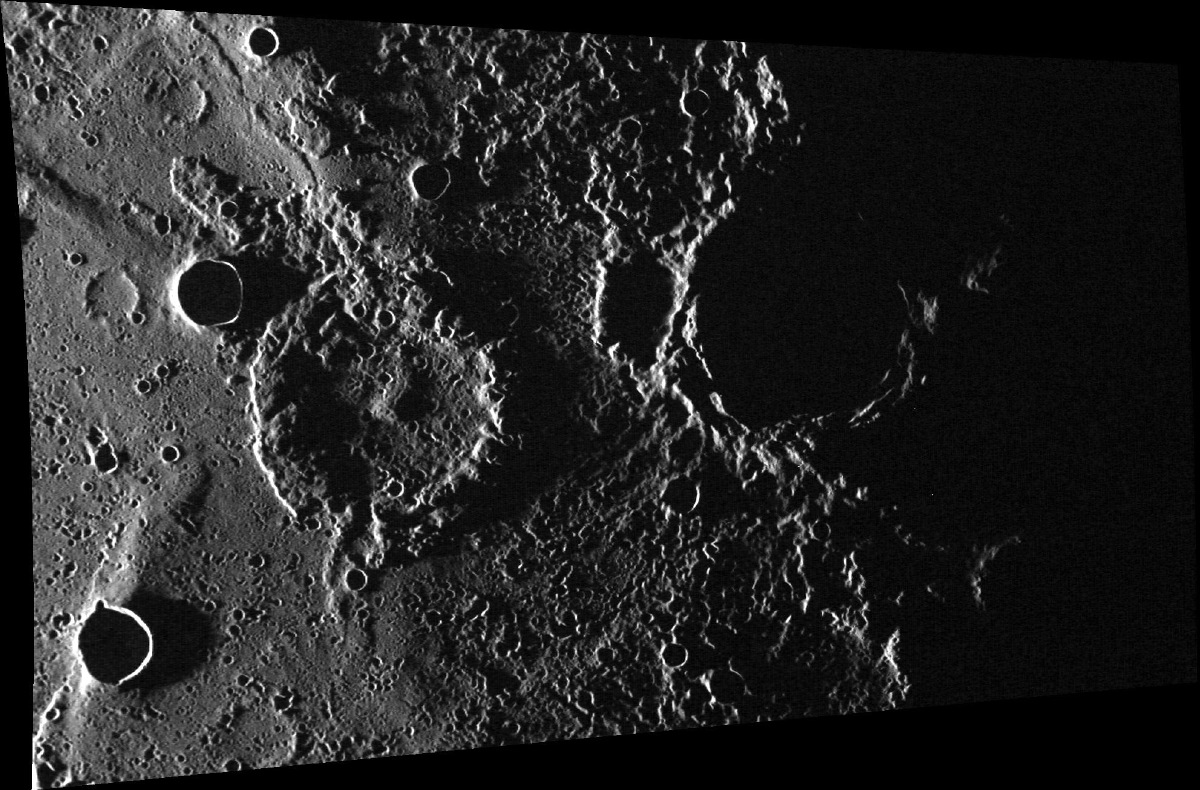
Tuesday, Feb. 18, 2014: This image obtained by MESSENGER spacecraft features a ghost crater about 34 miles (55 km) in diameter near its center. Ghost craters occur when volcanic lava flows over and fills in craters, leaving only traces of the original feature behind. This crater likely experienced flooding by the lava that formed the Suisei Planitia on Mercury. The crater rim and central peaks still peek out beneath the lava, despite their burial, and the secondary craters from a subsequent impact event cover the area. Image released Feb. 13, 2014.
— Tom Chao
Luminous Times
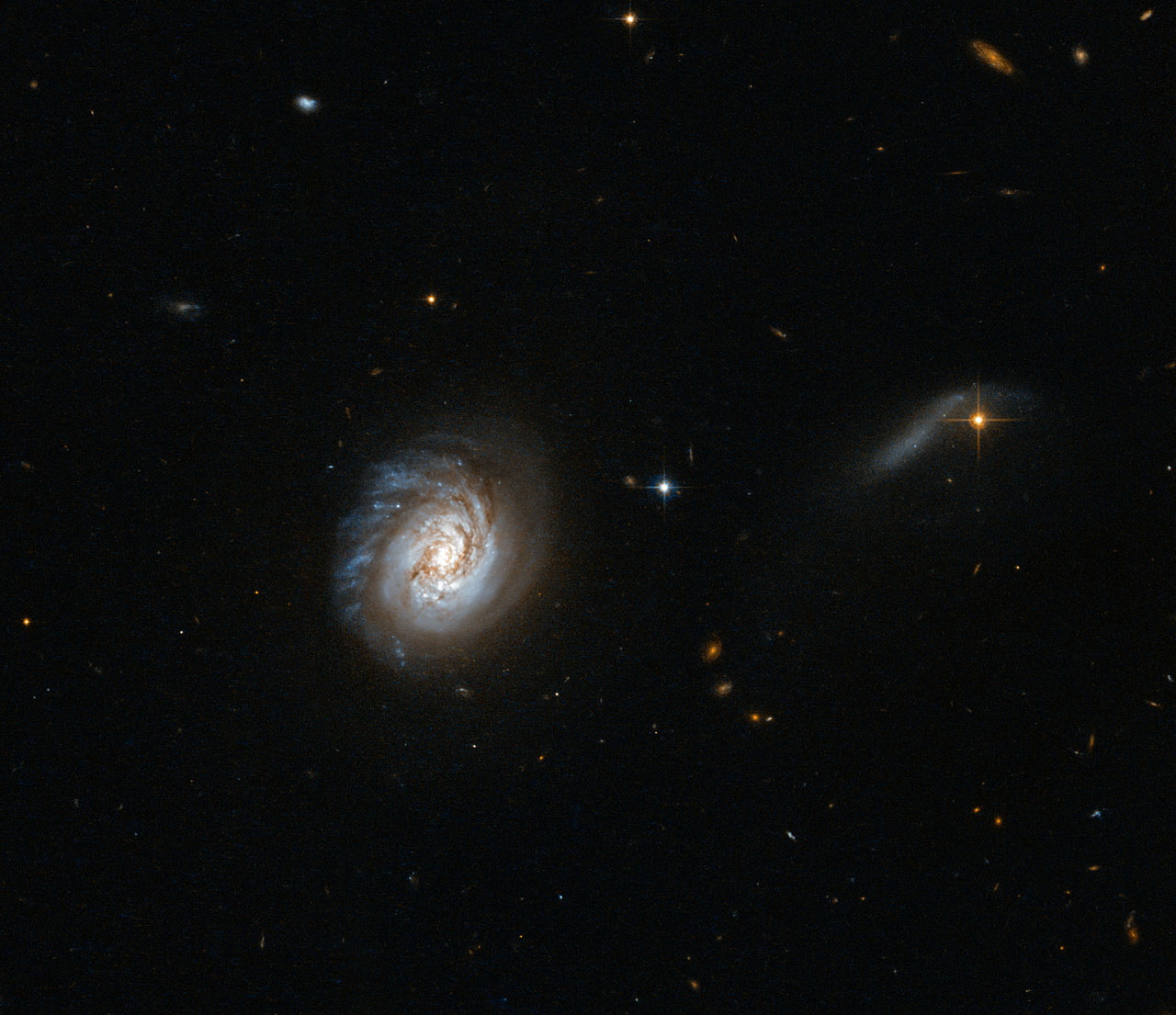
Wednesday, Feb. 19, 2014: A galaxy called MCG-03-04-014 dominates the center of this new Hubble Space Telescope image. Astronomers include this galaxy in a class called luminous infrared galaxies, that shine brightly in the infrared part of the spectrum. The reason for these galaxies’ infrared luminosity remains a mystery. Do the galaxies glow because of recent bursts of star formation or from the action of powerful “monster” black holes at their cores? The new image of MCG-03-04-014 reveals bright sparks of star formation flecking the galaxy, with murky dust lanes obscuring a bright central bulge. Image released Feb. 17, 2014.
— Tom Chao
Presenting Dione
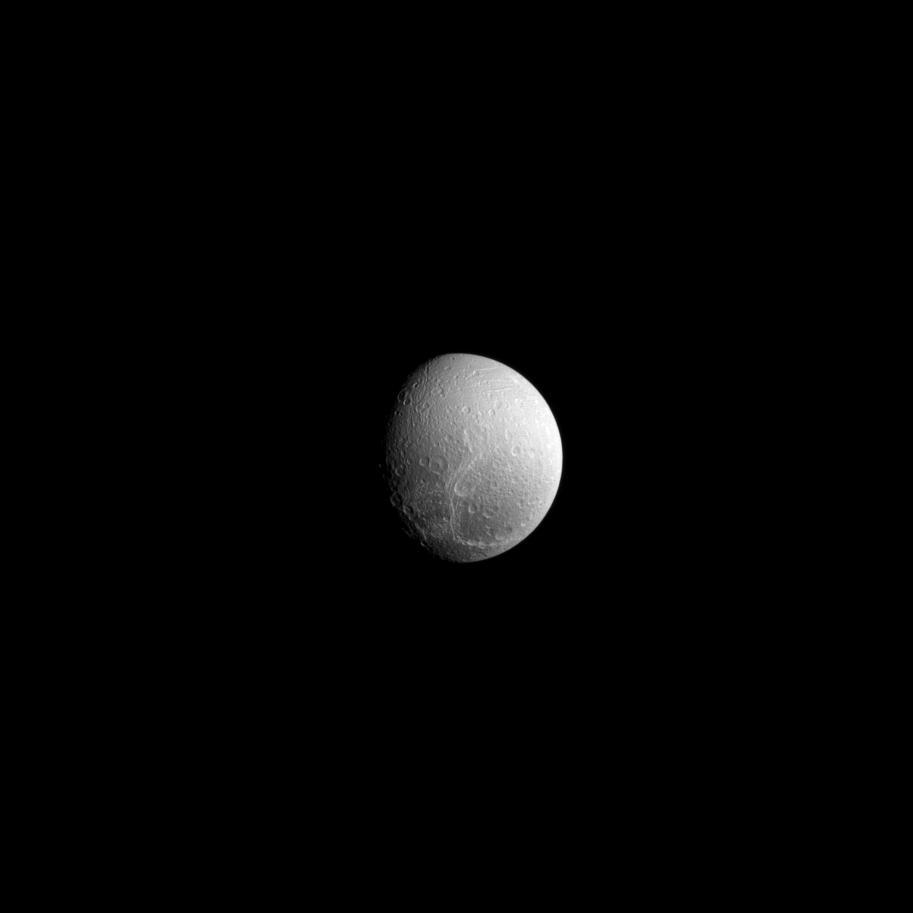
Thursday, Feb. 20, 2014: Cassini spacecraft spied Saturn's moon, Dione, at a distance of approximately 554,000 miles (892,000 kilometers). The crack-like features seen here on Dione's surface appear wispy and faded. However, they actually represent a series of geologically fresh fractures. Image released Feb. 17, 2014.
— Tom Chao
Hey, Look at the Sun

Friday, Feb. 21, 2014: The Solar Dynamics Observatory (SDO) recorded an active region on the sun rotating into sight, providing a striking profile view of coronal loops over about a two-day period during Feb. 8-10, 2014. Coronal loops develop around sunspots and in active regions. These structures move along the closed magnetic field lines that connect magnetic regions on the solar surface. Many coronal loops last for days or weeks but most change quite rapidly. SDO took this image, a still from a video clip, in extreme ultraviolet light.
— Tom Chao
‘Downtown Auriga, Taurus-Side’
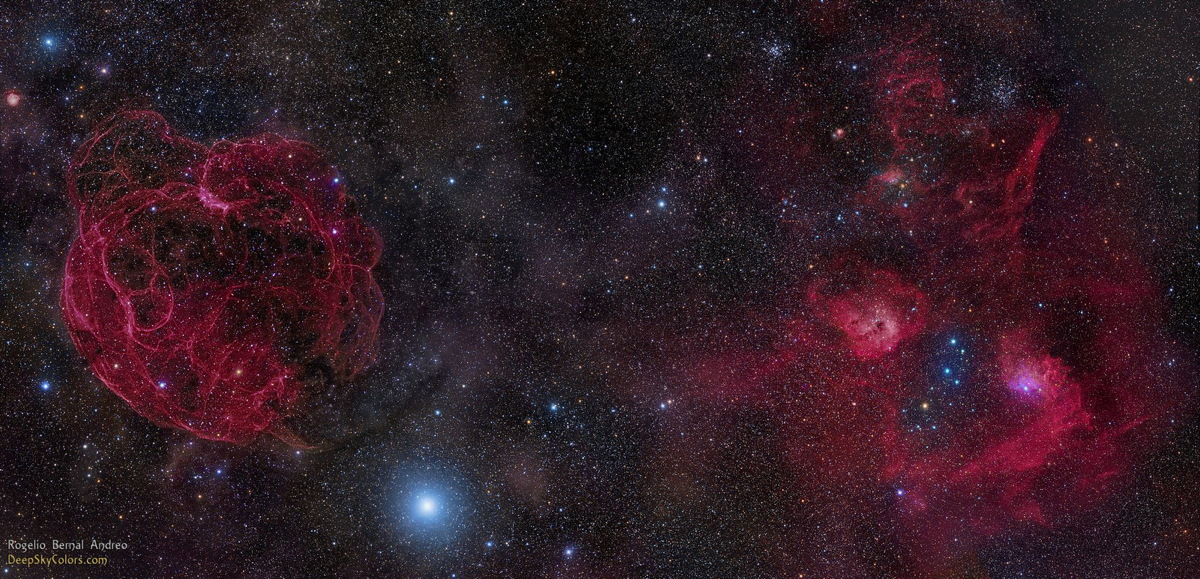
Monday, Feb. 24, 2014: Astrophotographer Rogelio Bernal Andreo sent in a photo of a sky region in the constellation of Auriga featuring Simeis 147 (the large circular supernova remnant at left), the Flaming Star Nebula (comma-shaped object at lower right), and above and to the left of that nebula, the emission nebula IC 410, along with other deep sky objects. Andreo writes: “Here's my first somewhat-serious deep-sky project this year. Plenty of well-known objects: Simeis 147, the Flaming Star nebula, M36, M38, IC 410, etc. Not often all photographed in the same field of view, though.” He calls the photo, “Downtown Auriga, Taurus-Side.” [For a labeled version visit: tinyurl.com/DowntownAuriga.] Image released Feb. 11, 2014.
— Tom Chao
The Science Patrol
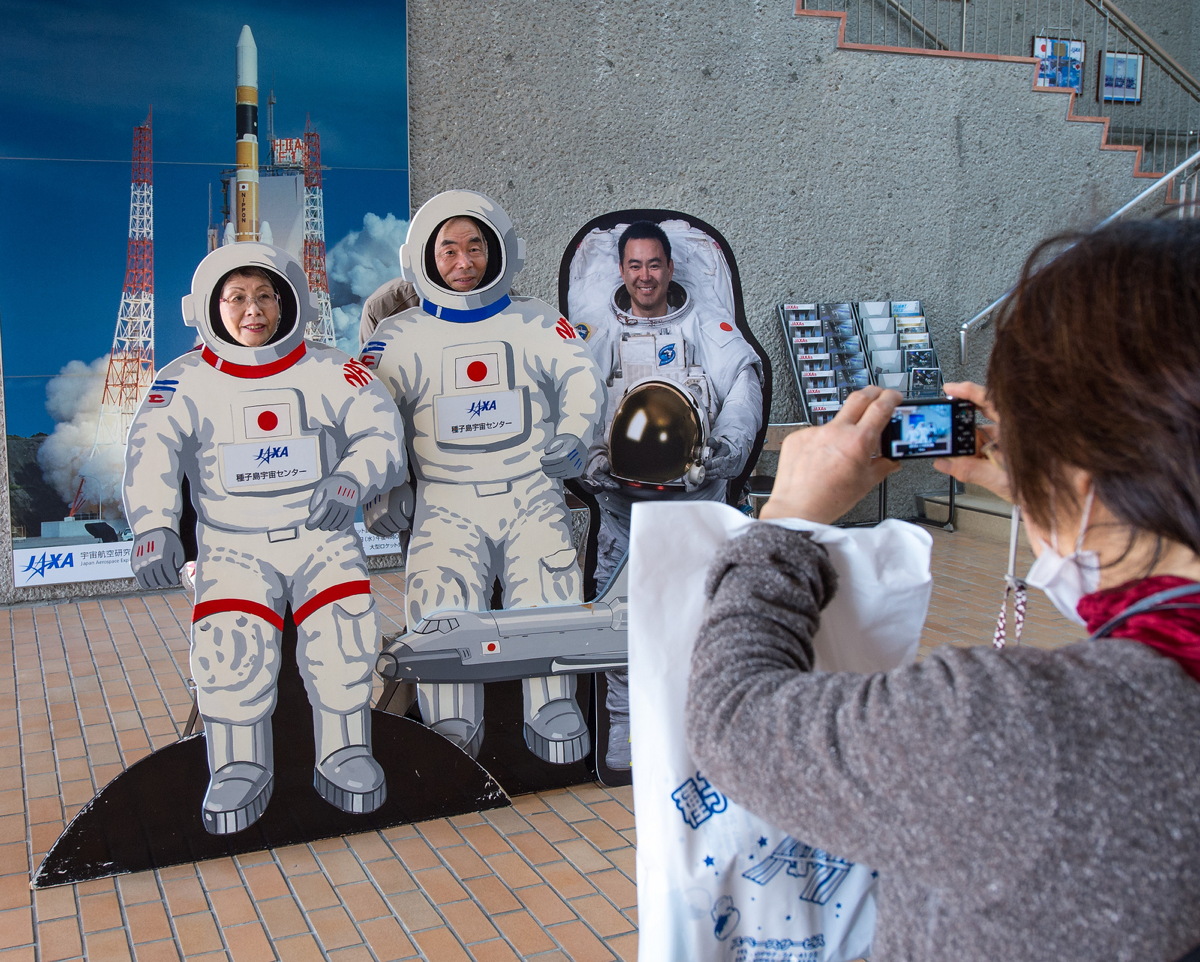
Tuesday, Feb. 25, 2014: Is that Japan Aerospace Exploration Agency (JAXA) Astronaut Akihiko Hoshide in full spacewalk gear at the right, there? And two new astronaut recruits to the left? Not exactly. Astronaut Hoshide’s appearance strictly remained in cardboard cutout form, while tourists at left have their photo taken in the Tanegashima Space Center (TNSC), Tanegashima Island, Japan, on Feb. 23, 2014. Soon, from the space center, a Japanese H-IIA rocket carrying the NASA-JAXA Global Precipitation Measurement (GPM) Core Observatory will launch on the planned date of Feb. 28, 2014. Once in orbit, the GPM spacecraft will serve as the central repository of data collected by an international network of existing and future satellites to map global rainfall and snowfall every three hours.
— Tom Chao
Get the Space.com Newsletter
Breaking space news, the latest updates on rocket launches, skywatching events and more!
So Hard to See
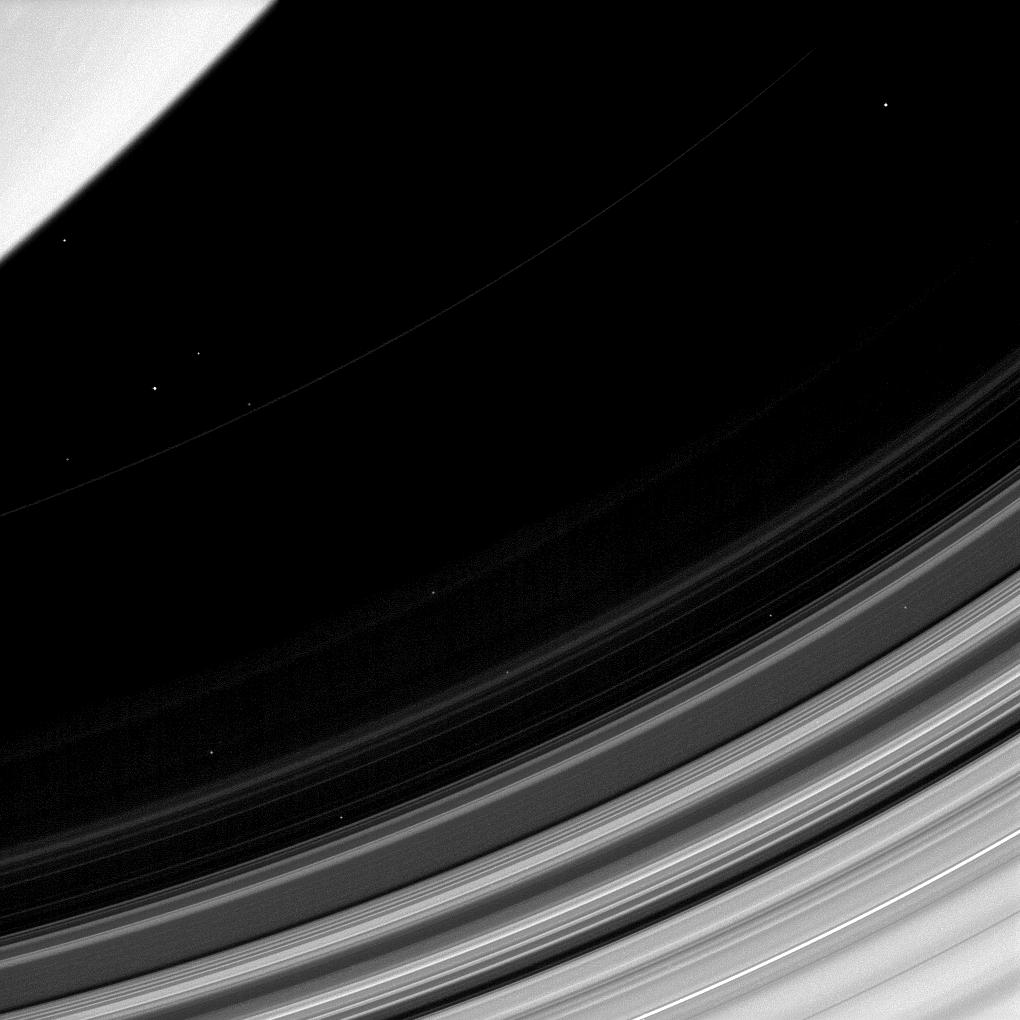
Wednesday, Feb. 26, 2014: This image by Cassini spacecraft shows Saturn’s D ring as a faint and narrow arc stretching from top right of the image. The brighter C ring and the planet trap the dusty D ring between them, making it easy to overlook. Cassini’s controllers plan to pass the spacecraft between the D ring and Saturn during its final orbits in 2017. Scientists expect to gather unprecedented data from these orbits. 12 stars also shine in this image.
— Tom Chao
Big Blue Sun
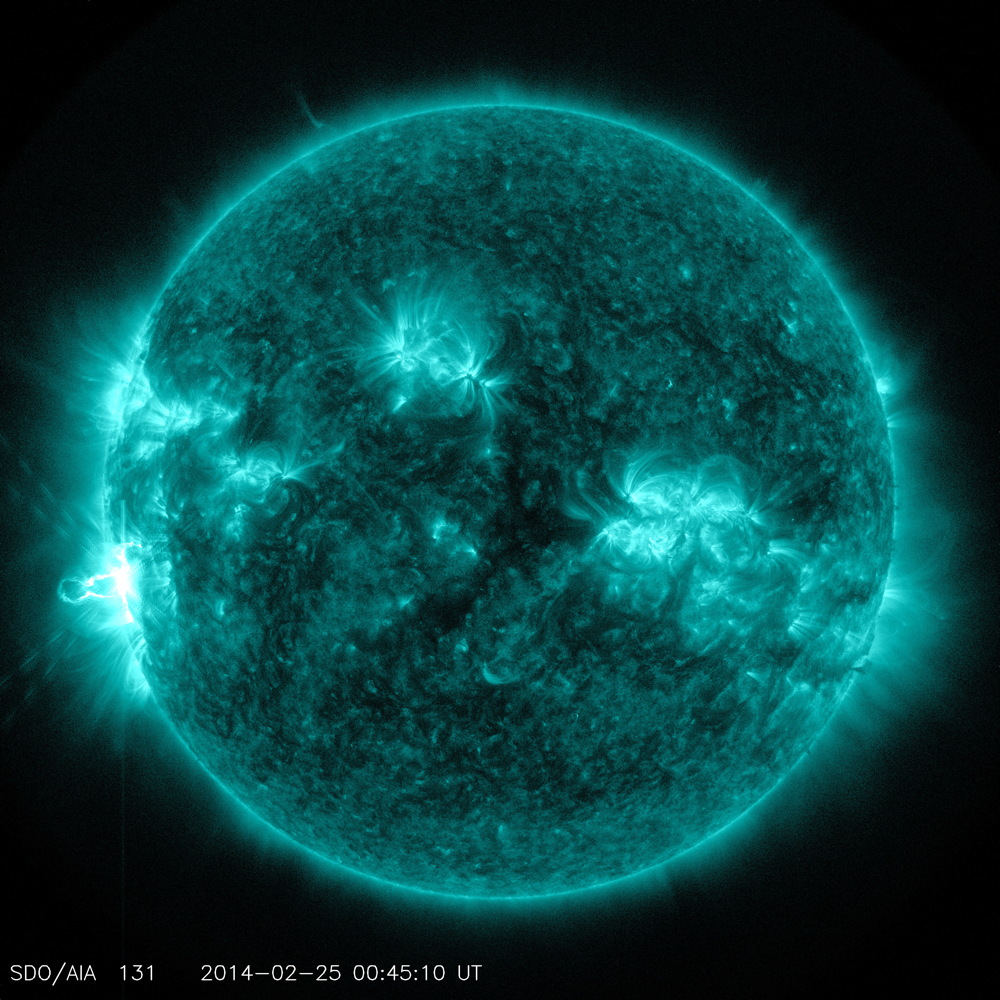
Thursday, Feb. 27, 2014: This image by the Solar Dynamics Observatory shows the early stages of the X 4.9 flare captured on Feb. 24, 2014 at 7:45 p.m. EST in 131 Angstrom light. The flare, seen erupting on the sun at left, represented the most powerful of 2014 to date, and also one of the strongest of recent years.
— Tom Chao
Keep Me in the Cygnus Loop
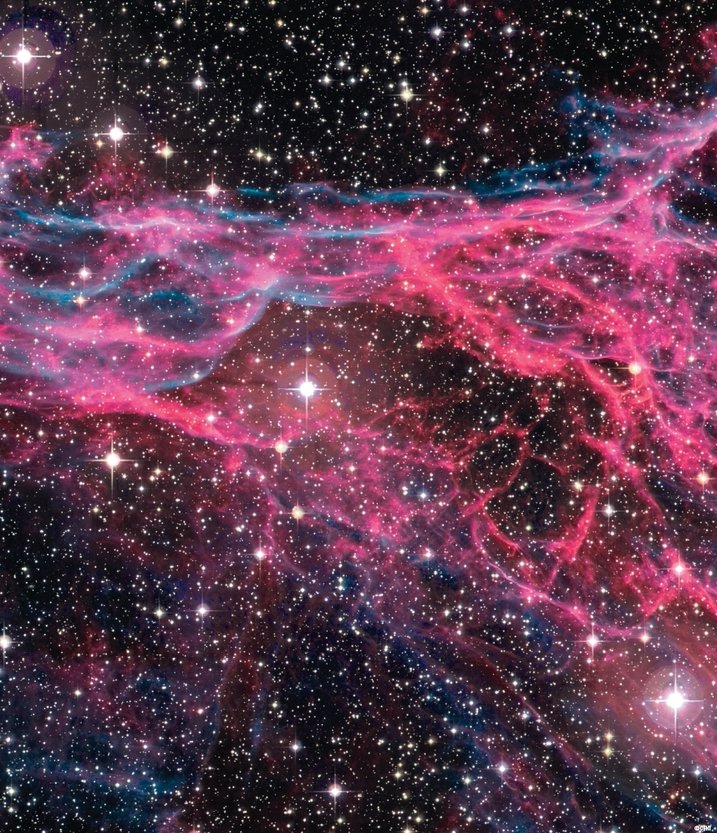
Friday, Feb. 28, 2014: The glowing wisps of nebula NGC 6979 resulted from a supernova, the explosion of a massive star, over 5000 years ago. The ejected stellar gas continuously collides with gas and dust clouds of the surrounding interstellar medium, causing complex structures and colors. The nebula makes up part of the Cygnus Loop, along with Pickering's Triangular Wisp and the well-known Veil Nebula. Image released February 2014.
— Tom Chao
Join our Space Forums to keep talking space on the latest missions, night sky and more! And if you have a news tip, correction or comment, let us know at: community@space.com.










